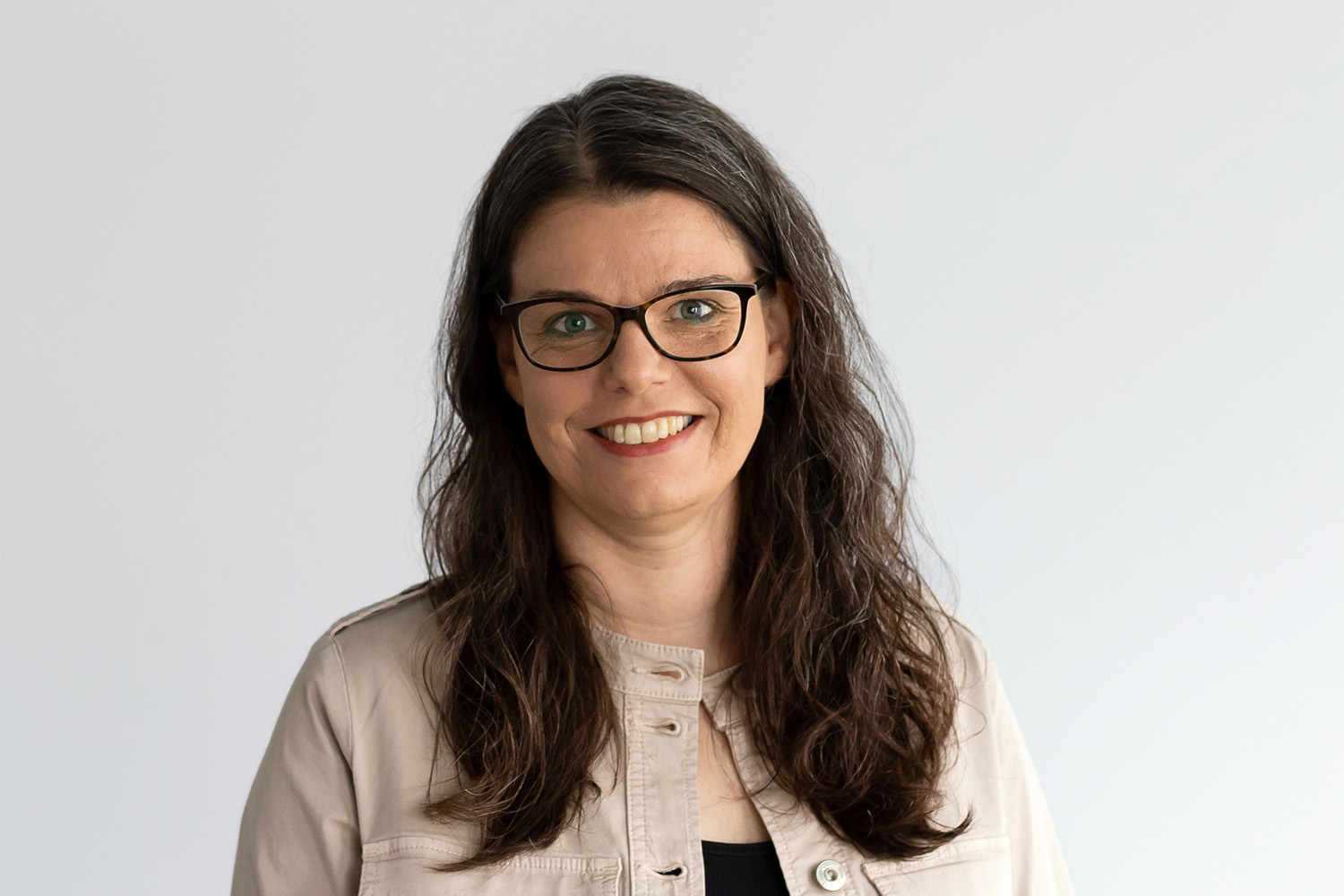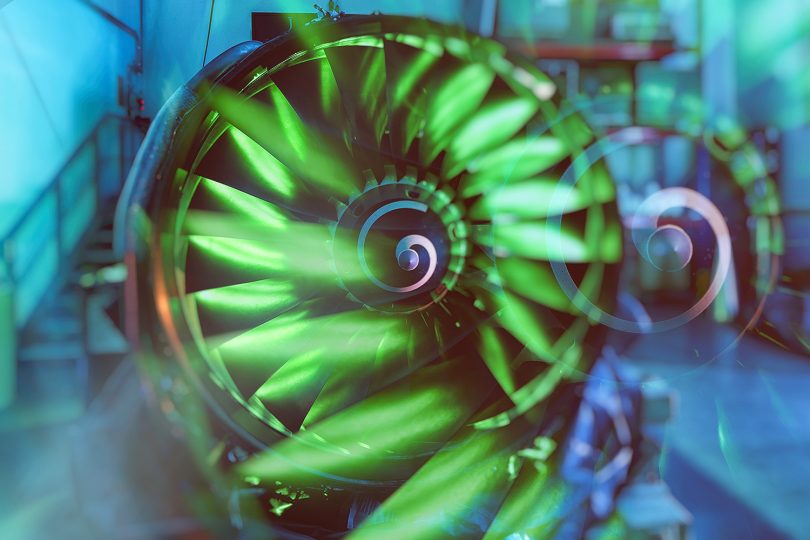Career Opportunities and Meaningfulness Professor Sabine C. Langer on the SE²A research club "changING", MINT subjects and noise research
Professor Sabine C. Langer heads the Institute for Acoustics (InA) at the TU Braunschweig. The InA is also involved with research projects in the Cluster of Excellence SE²A – Sustainable and Energy-Efficient Aviation. Langer and her team are furthermore active in the SE²A research club “changING” – with the aim of getting girls in particular excited about technical topics.
What is the aim of your involvement in the SE²A research club “changING”?

Prof. Dr.-Ing. Sabine C. Langer. Picture credits: Max Fuhrmann/TU Braunschweig.
Basically, what I like about “changING” is that we accompany the pupils over a longer period of time – from the tenth grade to the Abitur. So they don’t just get a taste of the institutes, but gain deeper insights into research work and experience how versatile STEM studies can be. The project is accompanied scientifically, and we are curious to see whether and under what conditions interest in technical subjects increases. We at the InA have organised a soundwalk for the students, during which they are supposed to use their senses in a targeted way and consciously perceive their surroundings. Especially in times when teaching content is predominantly taught digitally, we wanted to offer an experience-based project.
Those who complete a science and technology degree have the best career opportunities. How do you think it can be done even better to get especially young women excited about STEM courses?
I believe that career prospects alone are not enough to get young women excited about science and technology. My experience is that decision-making processes are different. Above all, the meaningfulness of the task and the future profession plays an increasingly important role in the choice of studies. Young women in particular are interested in major social issues such as climate change and globalisation. Finding answers to the pressing questions here arouses their curiosity. If we want to get them excited about STEM subjects, we should show them the possibilities of how they can make a meaningful contribution to society later in a career as a scientist or engineer. Another point: The complexity of our research projects continues to increase. This requires teamwork, which is especially suited to women. Because in addition to their specialist knowledge, many have special social and communication skills, a high degree of willingness to cooperate and empathy.
From your point of view, what framework conditions do women need in order to be successful in scientific and technical professions?
Flexible and family-friendly working time models are becoming increasingly important for women and men. They want an environment in which it is not only formally and legally possible, for example, to take parental leave or to be there for relatives in need of care or a sick child, but which is characterised by a general goodwill and a naturalness towards these wishes and needs.
Who or what sparked your enthusiasm for technology and especially acoustics?
Actually, I wanted to become a journalist, but then the career prospects were too uncertain for me. I decided to study civil engineering. I remember being fascinated by a flyer with a special bridge. It was always important to have people by my side who encouraged me to take the next step – my maths teacher, for example, or the assistants at the university who encouraged me to apply for a doctorate. One of the first applications I researched was soundproof walls and outdoor sound propagation. This was mainly about programming simulation models. I am still fascinated by the fact that sound triggers completely different emotions. If you turn up your favourite song full volume, you become euphoric. The neighbour, on the other hand, gets angry because he finds the noise unbearable.
How high do you think the potential is to noticeably reduce noise pollution in aviation?
Very high, precisely because it’s not just about one or two measures to reduce noise, but about a wide range of interlocking measures. This is what makes the topic so complex, which is why we work in interdisciplinary teams in the SE²A cluster. We have to look at and evaluate many details, for example in the areas of propulsion technologies, aircraft configurations, approach routes and the entire infrastructure of an airport. After all, the traffic around an airport also causes noise. How do passengers get to the airport? What means of transport do they use? All of this plays a role in the multimodular assessment of noise, and therein lies the potential to noticeably reduce noise pollution in aviation.

